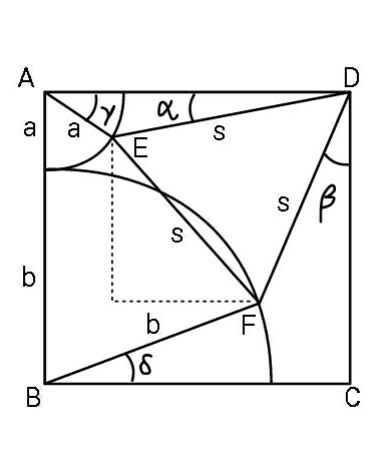
Question and Answers Forum
Question Number 70452 by ajfour last updated on 04/Oct/19
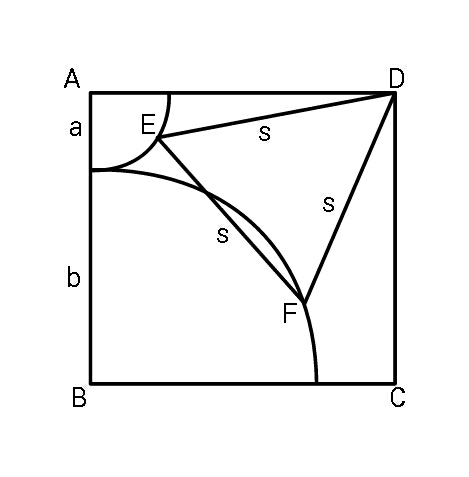
Commented by ajfour last updated on 04/Oct/19
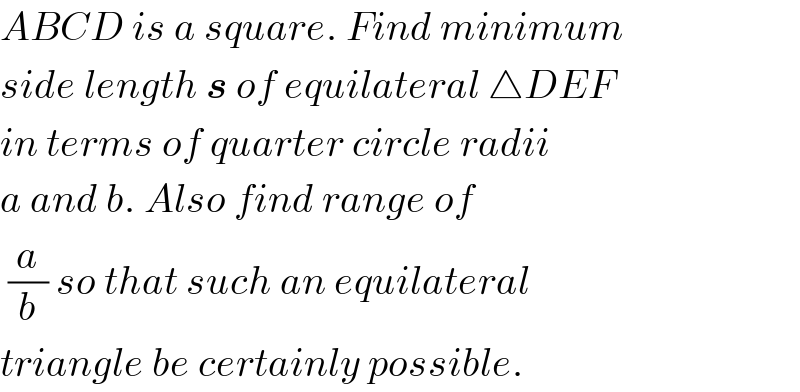
Commented by MJS last updated on 05/Oct/19
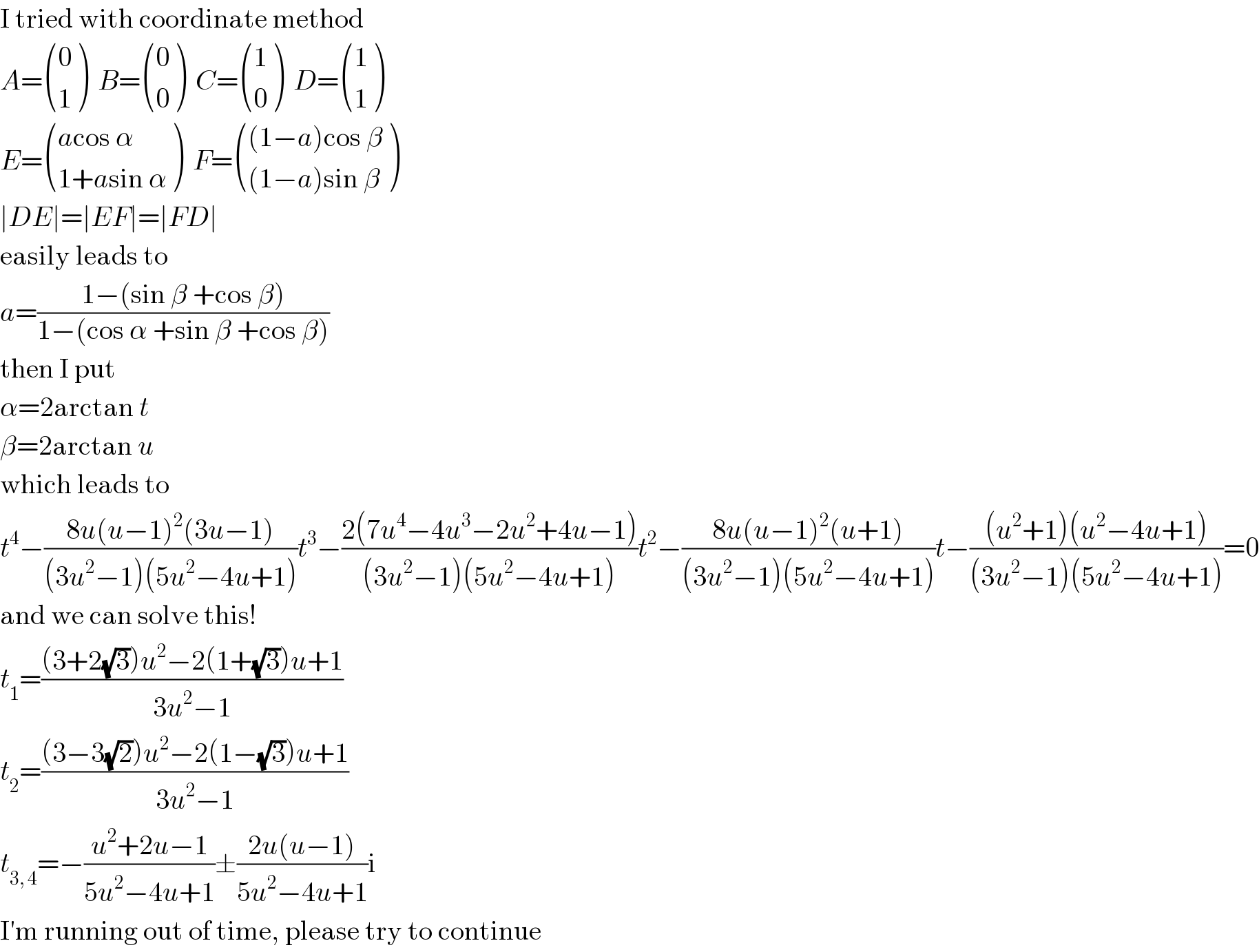
Commented by mr W last updated on 05/Oct/19
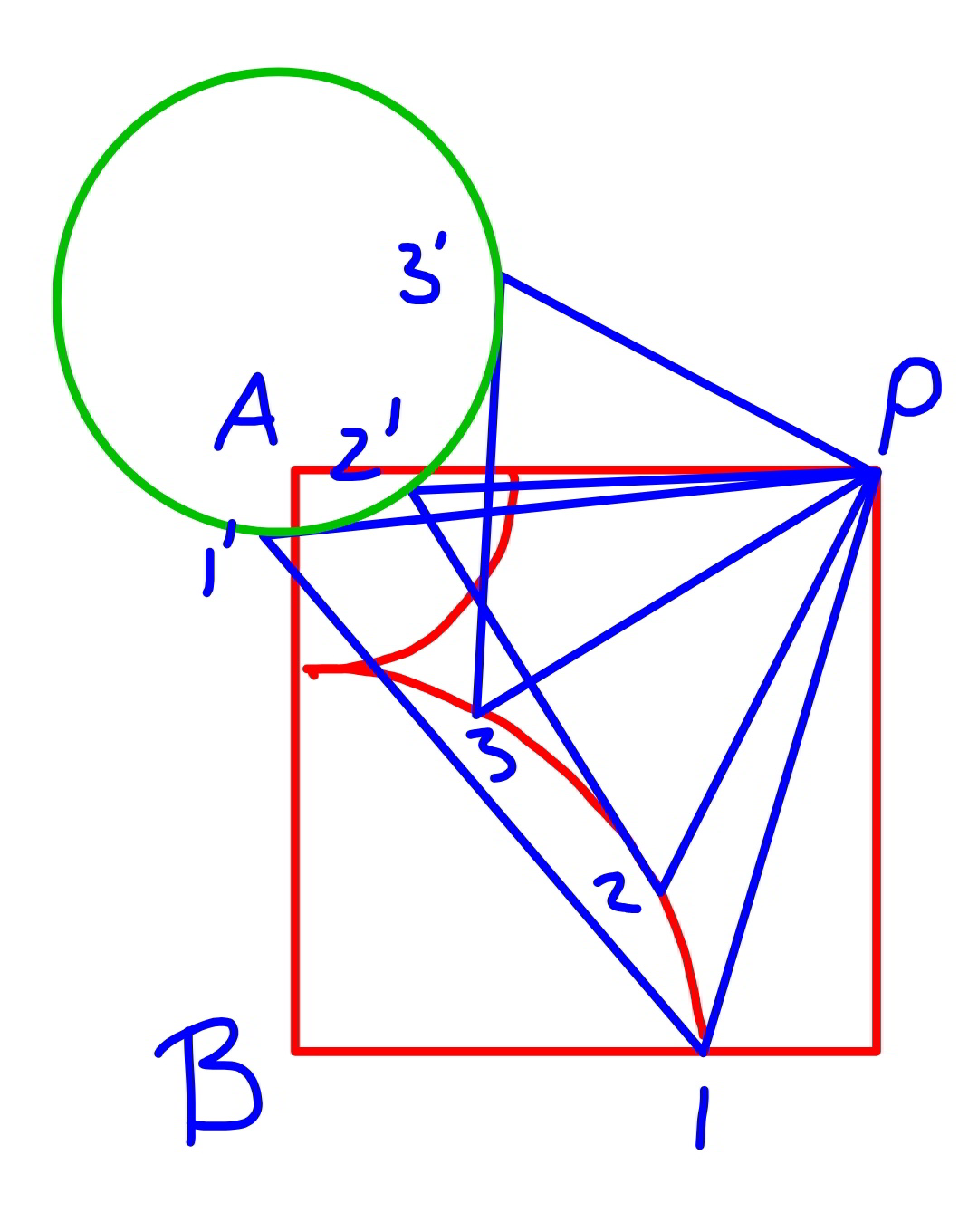
Commented by mr W last updated on 05/Oct/19
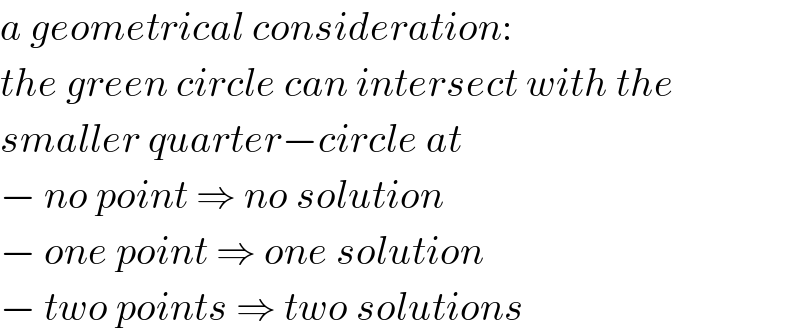
Answered by mr W last updated on 10/Oct/19
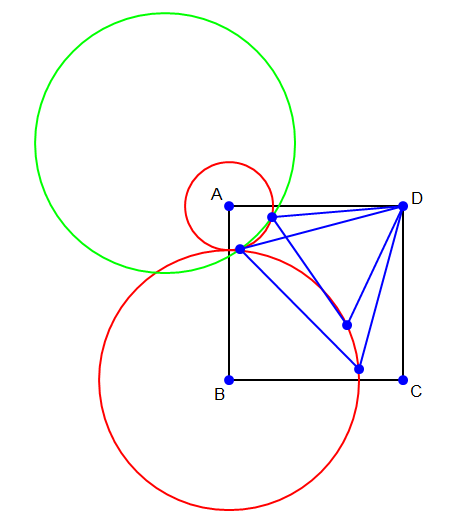
Answered by ajfour last updated on 04/Oct/19
